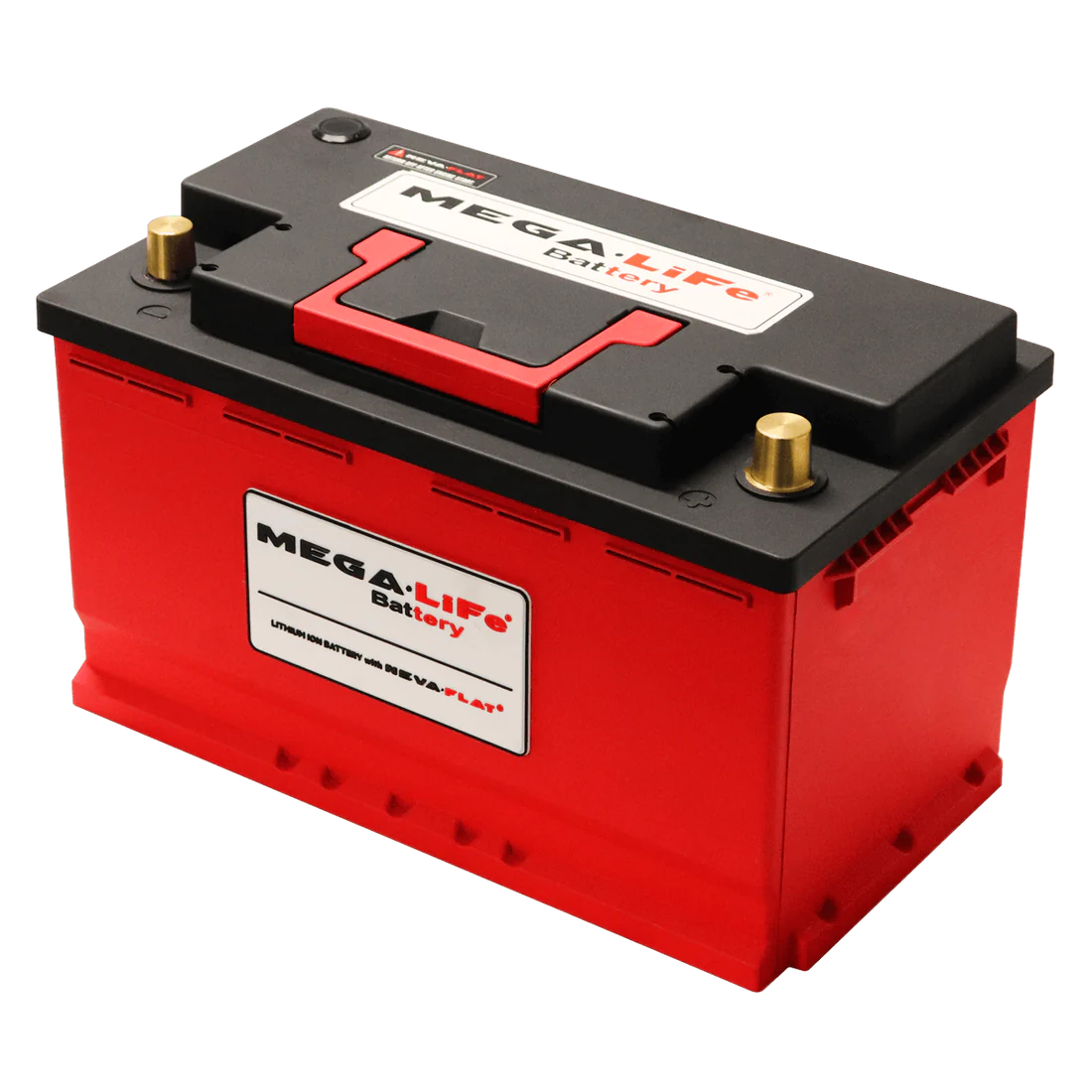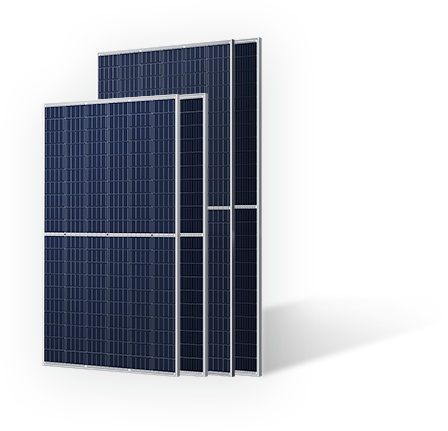Bifacial Panel
What are Bifacial Solar Panels?
Bifacial solar panels utilize either monocrystalline or polycrystalline cells, with the majority opting for the more efficient monocrystalline cells despite their higher cost. Unlike traditional monofacial panels with an opaque backsheet, bifacial panels feature a reflective backing or dual glass panes, allowing sunlight to reach the solar cells from both sides. This design enhances efficiency by capturing light from multiple angles.
While the solar cells in bifacial panels are identical to those in monofacial ones, their construction differs. Bifacial panels typically lack metal gridlines and are frameless, offering a sleeker appearance and greater structural durability. The transparent design further enhances aesthetics, making them visually appealing.
Benefits of Bifacial Solar Panels
- Increased Efficiency: Bifacial panels can generate more energy by capturing sunlight that is reflected off surfaces or passes through the panel.
- Versatility: Bifacial panels can be installed in various configurations, including ground-mounted, rooftop, or floating installations.
- Aesthetics: Frameless and transparent design enhances visual appeal and architectural integration.
- Durability: The absence of metal gridlines and robust construction improve structural integrity and resistance to harsh weather conditions.
Applications of Bifacial Solar Panels
- Utility-Scale Solar Farms: Bifacial panels are ideal for large-scale installations where maximizing energy output is crucial.
- Commercial and Industrial Buildings: Rooftop installations of bifacial panels can help businesses reduce energy costs and carbon footprint.
- Agricultural and Agrovoltaic Systems: Bifacial panels can be integrated into agricultural settings, providing dual benefits of energy generation and crop shading.
Pros & Cons of Bifacial Solar Panels
Pros:
- Higher Efficiency: Capture sunlight from multiple angles, increasing energy output.
- Enhanced Aesthetics: Frameless design and transparency offer a sleek appearance.
- Versatility: Can be installed in various environments and configurations.
Cons:
- Higher Initial Cost: Bifacial panels are typically more expensive upfront compared to monofacial panels.
- Dependence on Reflective Surfaces: Efficiency may vary based on the availability of reflective surfaces.
- Installation Challenges: Requires careful consideration of mounting and orientation to optimize energy generation.






